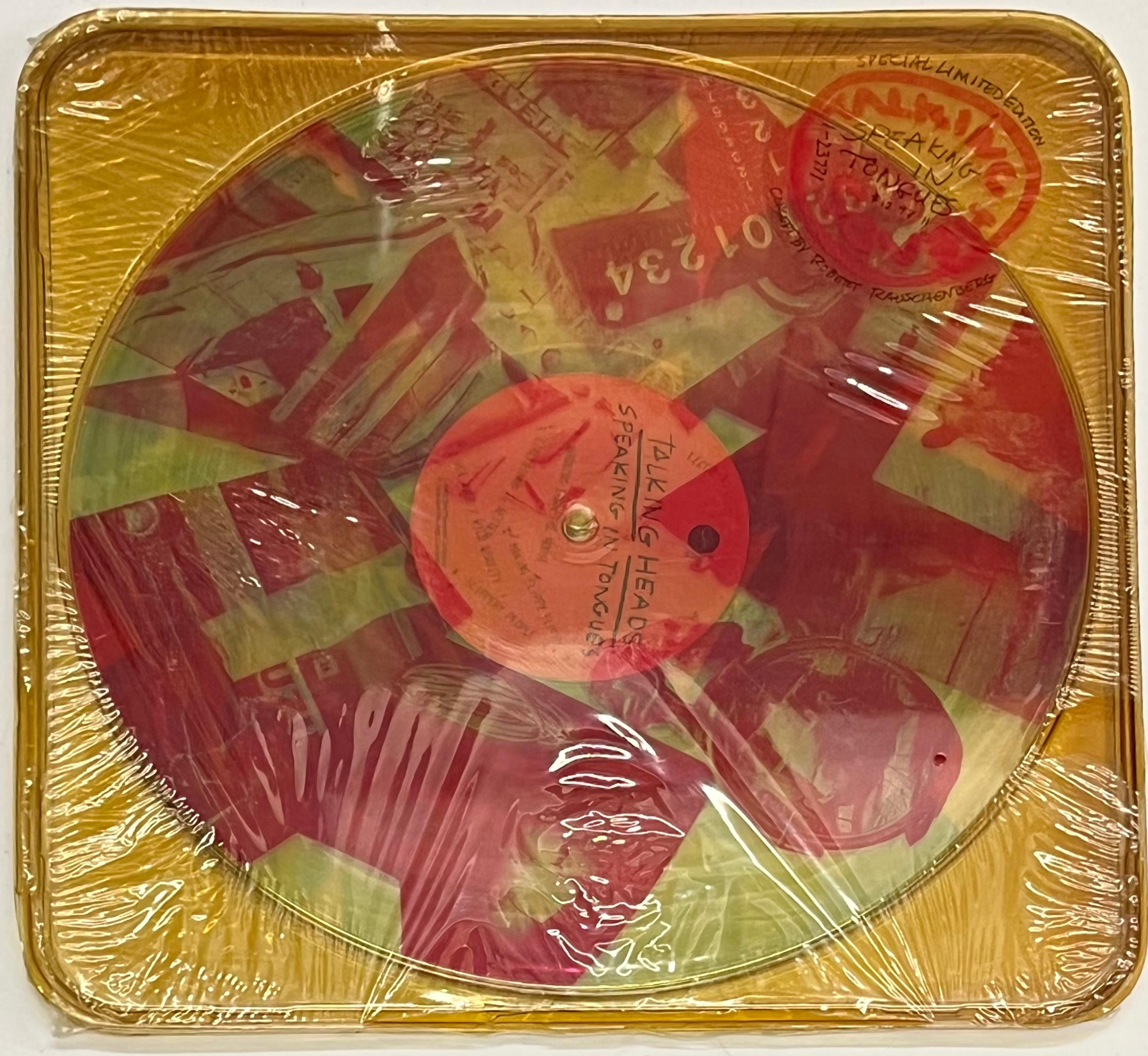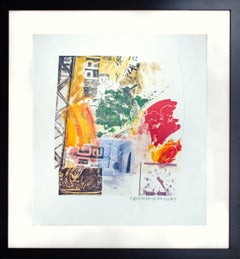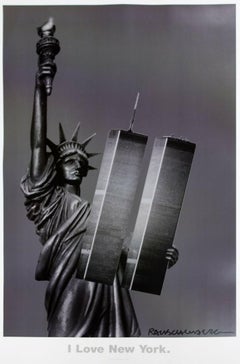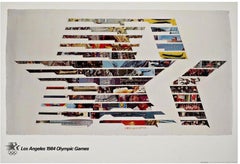Questions & Answers
Our trusted network of 1stDibs sellers answer common questions
What art movement is Robert Rauschenberg?
1 Answer

Robert Rauschenberg was a part of the Neo-Dada art movement. He is known for pushing the definition of what classifies as art through his paintings, sculptures, graphic designs and performances. Some of his most famous works include White Painting, Monogram, Collection and Canyon. On 1stDibs, find a selection of Robert Rauschenberg art.
1stDibs ExpertMarch 22, 2022
Related Questions
- What was unique about Robert Rauschenberg's art?1 Answer
- What art movement was Robert Motherwell?1 Answer
- What was Robert Rauschenberg famous for?1 Answer
- What was the Art Deco movement?1 Answer
- What was the arts and crafts movement?1 Answer
Shop for Robert Rauschenberg Art on 1stDibs
Robert Rauschenberg Signed Lithograph
By Robert Rauschenberg
Located in New York, NY
Robert Rauschenberg
American (1925-2008)
Untitled, for ROCI
offset color lithograph, signed and dated lower right "Rauschenberg 84"
25 3/4 x 22 3/4 in. (sheet)
Framed: 31 1/4 x 29 x...
Category
1980s Post-Modern Figurative Prints
Materials
Lithograph
I Love New York, Lt Ed print Statue of Liberty, Lt. Ed of 300 offset lithograph
By Robert Rauschenberg
Located in New York, NY
Robert Rauschenberg
I Love New York, 2001 (LARGE)
Plate signed on the front
Offset lithograph on high quality wove paper
39.25" x 25 inches
(This ships rolled in a tube measuring 37...
Category
Early 2000s Pop Art Figurative Prints
Materials
Lithograph, Offset
Los Angeles 1984 Olympic Games w/COA from Olympic Committee offset lithograph
By Robert Rauschenberg
Located in New York, NY
Robert Rauschenberg
Star In Motion, 1982
for the Los Angeles Summer 1984 Olympic Games (with COA from Olympic Committee)
Offset Lithograph on Parson's Diploma paper
Stamp signed (aut...
Category
1980s Pop Art Abstract Prints
Materials
Lithograph, Offset
Rare 1960s Musee D'Art Moderne de la ville de Paris Limited Edition offset print
By Robert Rauschenberg
Located in New York, NY
Robert Rauschenberg
Rare 1960s Musee D'Art Moderne de la ville de Paris poster, 1968
Offset Lithograph
Edition of 500
27 1/2 × 21 inches
Unframed, not signed
Accompanied by Certifica...
Category
1960s Pop Art Figurative Prints
Materials
Lithograph, Offset
Robert Rauschenberg 'Night Shades + Urban Bourbons' 1995
By Robert Rauschenberg
Located in Brooklyn, NY
This exhibition poster commemorates Robert Rauschenberg's "Night Shades + Urban Bourbons" showcase, held in Denmark in 1995. Known for his groundbreaking work in mixed media and coll...
Category
20th Century Pop Art Prints and Multiples
Materials
Offset
$120 Sale Price
20% Off
Charms against harms, Robert Rauschenberg
By Robert Rauschenberg
Located in Fairfield, CT
Artist: Robert Rauschenberg (1925-2008)
Title: Charms against harms
Year: 1993
Medium: Lithograph on wove paper
Edition: H.C. 8/15, 100, plus proofs
Size: 40.5 x 28 inches
Condition:...
Category
1990s Pop Art Abstract Prints
Materials
Lithograph
$8,400 Sale Price
20% Off


